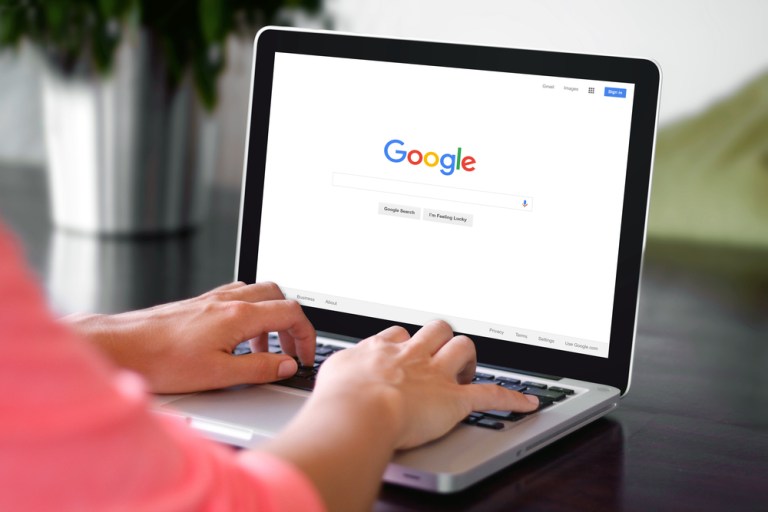
Google’s iconic homepage has been around longer than Harry Potter. It’s old enough to drive, drink or fight in the Army. Today’s teens and young twenty-somethings grew up knowing “Google” not as a numeric value – a “1” with 100 zeroes after it – but as a verb, something they do when they don’t know something.
Now, for the first time in more than 20 years, that homepage is changing.
The Guardian reported that Google plans to create a web experience that matches what’s been the mainstay for its apps and devices since 2012: the personalized interest- and news-based feed, powered by Google’s advanced machine learning algorithms.
“You’ll spend less time and energy trying to keep up with your interests and more time enjoying and cultivating them,” Google said in its blog. “Whether you’re a pet-loving, Nietzsche-reading, sports fanatic; a hip-hop head and burgeoning brewmaster; or anything in between, your feed should fit your fancy.”
The new feed launched in the U.S. Android and iOS apps on Wednesday, July 19, building on the former Google Now newsfeed. It will be rolling out internationally over the next few weeks, Google said.
In the new feed, featured items will appear on “cards,” each one highlighting a topic that Google’s algorithm thinks the user will find interesting based on their history and on trends in their area and the world. That could include such topics as sports highlights, new music, top news, engaging videos, fitness routines and photography tips.
And the more you Google, the smarter it gets.
The new homepage will introduce a really important feature in this era of “fake news” (and of people screaming “fake news” even about stories that are true). Google said the feed will deliberately display news content from a variety of sources to provide diverse perspectives and a more holistic understanding about the topics in the feed.
Going forward, some search results will include a “follow” button so users can track movies, sports teams, favorite bands, celebrities or anything else they want to keep up with. There will also be an easy “unfollow” button in case the search engine adds something to the feed that users don’t want to see.
The Guardian noted that even though most of the “new” features already exist in some form on Google’s apps, rolling out the hybrid search engine/newsfeed experience to the main homepage will be one of the search engine’s most drastic recalculations of its search experience trajectory and will “almost instantly turn it into the biggest web portal available,” overshadowing competitors Yahoo, MSN and Bing.
In Other News…
Building on its Person Finder and Crisis Map tools, Google is now launching an SOS Alerts function that can provide critical information during natural disasters, terrorist events and other crises, the BBC reports. SOS Alerts will launch in a dozen countries and grow from there.
The idea is to give information to people who are close to a crisis nexus, such as roads that are closed, areas to avoid and where to take refuge. Depending on the user’s proximity to the event, they may also receive links to official alerts and tweets or tips on useful phrases in the local language. Those who are farther away may see directions for how to donate to charities that are helping with mitigation.
Google’s stocks dropped 3 percent in aftermarket trading on Monday after a solid, yet imperfect, earnings report that drove “nitpicking” investors to withdraw support, Fortune reports. Stocks were down $29 after nearing an all-time high just shy of $1,000 per share.
The search engine giant has seen declining click values, even as overall click revenue continues to climb. The reason for that is simply that mobile and video ad units are weaker than desktop ones. But as Fortune notes, this ailment that could cut the legs out from under some online publishers is scarcely a “sniffle” for a behemoth like Google.
Google’s virtual reality technology could soon cut back on training time and costs in certain sectors, the company reported on its blog. In a recent experiment, Google created a VR tutorial to teach new baristas how to make an espresso drink.
Trainees more or less learned the motions, but Google learned that there are some tactile lessons that simply can’t be relayed by the VR technology that currently exists – getting burned by a hot steam nozzle, for instance, which is a mistake that new baristas quickly learn to avoid the hard way.
It’s also difficult to teach the finer points: tamping espresso has a distinct feel that a haptic buzz simply can’t replicate, at least not yet. But the implications were promising: despite these limitations, trainees learned the skill faster and better than those who simply watched YouTube videos.